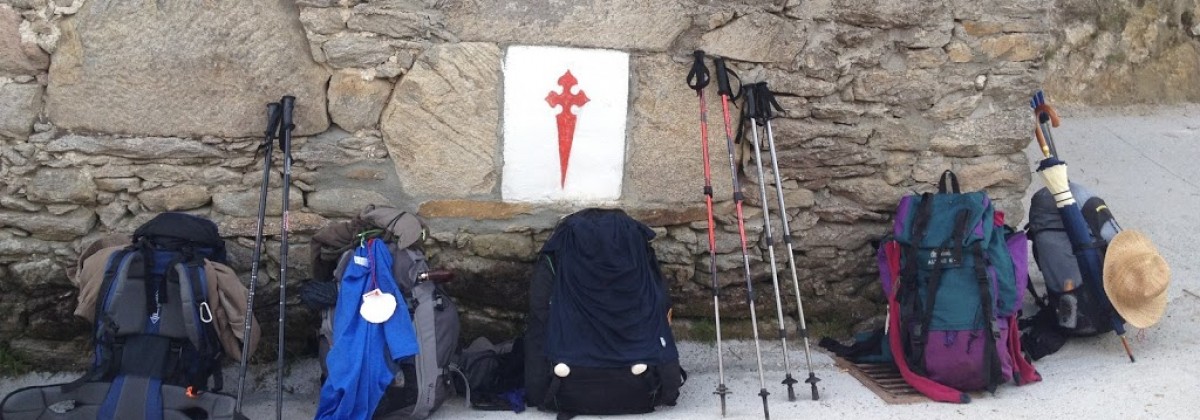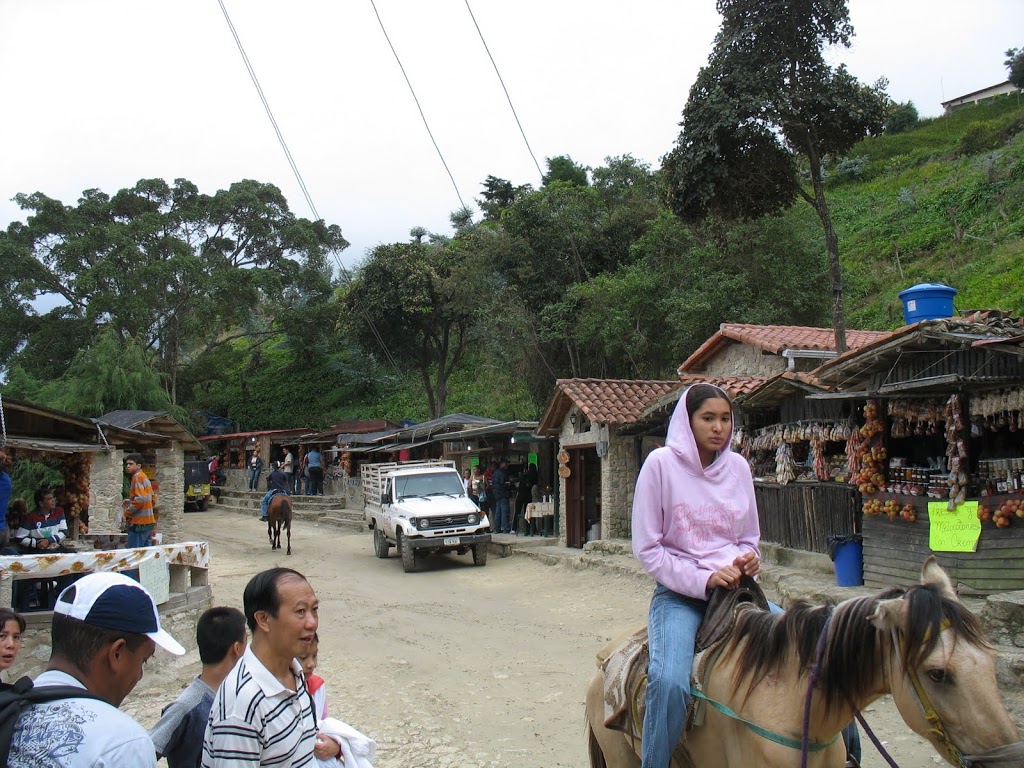 once you reach the top of El Ávila, activity options are somewhat limited. apart from the somewhat kitchy, boardwalk-arcade-like attractions in the teleférico station, options include walking up to the Hotel Humboldt (named for Alexander von Humboldt, a naturalist who explored and described Venezuelan fauna at the turn of the 19th century) and hiking or taking a “shuttle” down the northern face of the mountain to the village of Galipán.
once you reach the top of El Ávila, activity options are somewhat limited. apart from the somewhat kitchy, boardwalk-arcade-like attractions in the teleférico station, options include walking up to the Hotel Humboldt (named for Alexander von Humboldt, a naturalist who explored and described Venezuelan fauna at the turn of the 19th century) and hiking or taking a “shuttle” down the northern face of the mountain to the village of Galipán.
after walking up to the Hotel Humboldt, which was mostly obscured by the cloud that sat atop the mountain through the duration of my visit, I decided to take advantage of the vehicular transportation down to Galipán (as I did not yet have my fabulous Keen hiking boots…).
 the road down to Galipán is a rugged dirt track, rutted by rainwater streaming down the mountain and the trucks that drive you down the often steep incline are retrofitted flatbeds — two benches along each side, some with covering, some with more secure protection from the elements, all readily providing you with a sense of a true off-road adventure. eight other people and I squished into one of these vehicles for the 15 minute descent down the coastal side of the mountain, passing those more intrepid than us who’d elected to hike down the path to Galipán.
the road down to Galipán is a rugged dirt track, rutted by rainwater streaming down the mountain and the trucks that drive you down the often steep incline are retrofitted flatbeds — two benches along each side, some with covering, some with more secure protection from the elements, all readily providing you with a sense of a true off-road adventure. eight other people and I squished into one of these vehicles for the 15 minute descent down the coastal side of the mountain, passing those more intrepid than us who’d elected to hike down the path to Galipán.
the town of Galipán has been around more than 200 years, when settlers from the Canary Islands established the town on the slope facing the ocean. it’s largely touristy now, with shops full of tourist trinkets and treats, like honey harvested from local bees or preserved limes. the reason I decided to visit Galipán, in fact, was because of some such limes. one of the people staying in the same apartment as I during the first part of my trip was an American who’d spent a lot of time in Caracas over several years, as a tourist and as a student. before we headed out to a dance club one night, she made wonderful rum & cokes for us, the magic ingredient to which was candied limes and nectar from Galipán. the drink was fantastic and, in addition to giving me an affinity to rum, I knew I wanted some of those special limes for myself. thus, up and over El Ávila to find some. I even still have a few left, and I suspect that I’ll never want to put them into a drink and use the last of them!









